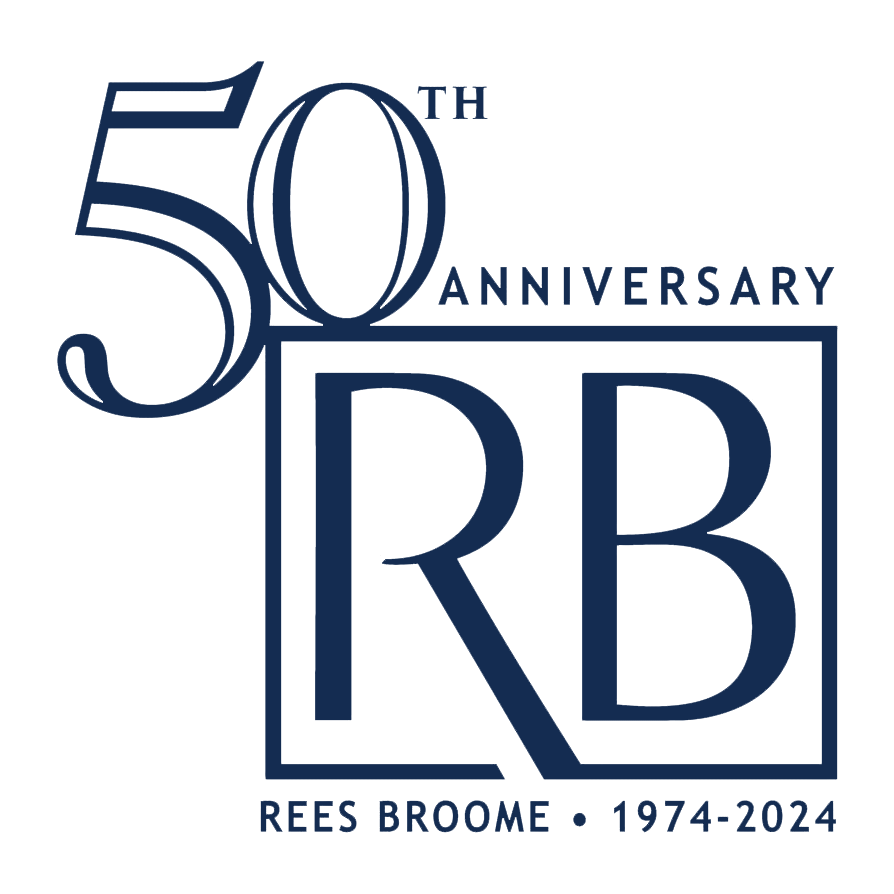We often receive questions regarding an association’s maintenance, repair, and replacement obligations. For example, who is responsible for maintaining, repairing, or replacing the exterior unit windows and doors? Of course, the answer is always, “it depends.” It depends largely on the condominium instruments, and in some cases the jurisdiction.
The association’s declaration will (hopefully) describe all the common elements, limited common elements, and the unit components. Once the item at issue is properly categorized, you should refer to the association’s bylaws, which will (again, hopefully) state whether the association or individual unit owner is responsible for its maintenance, repair, or replacement. Condominium declarations and bylaws can vary widely both in terms of categorizing building components and assigning maintenance, repair, and replacement liability, so boards and managers must always consult the association’s condominium instruments.
Where the condominium instruments are silent, the condominium statutes provide guidance.
The D.C. Condominium Act in Section 42-1903.07, provides that except to the extent otherwise provided by the condominium instruments, all powers and responsibilities with regard to maintenance, repair, renovation, restoration, and replacement of a condominium shall belong to: (A) the unit owners’ association in the case of the common elements; and (B) the individual unit owner in the case of any unit or any part of a unit. Section 42-1903.12 of the Act states that except to the extent that the condominium instruments provide otherwise, any common expenses associated with the maintenance, repair, renovation, restoration, or replacement of any limited common element shall be specially assessed against the condominium unit to which that limited common element was assigned at the time such expenses were made or incurred. Additionally, Sections 42-1901.02 and 42-1902.06 of the D.C. Condominium Act define the terms common elements, limited common elements, and unit.
The Maryland Condominium Act contains an equivalent division of maintenance and repair obligations. Section 11-108.1 states: Except to the extent otherwise provided by the declaration or bylaws, and subject to Section 11-114 of this title, the council of unit owners is responsible for maintenance, repair, and replacement of the common elements, and each unit owner is responsible for maintenance, repair, and replacement of his unit. Sections 11-101 and 11-103 also delineate the common elements, limited common elements, and units.
Virginia is slightly different. The Virginia Condominium Act in Section 55.1-1955 states: Except to the extent otherwise provided by the condominium instruments, all powers and responsibilities, including financial responsibility, with regard to maintenance, repair, renovation, restoration, and replacement of the condominium shall belong (i) to the unit owners' association in the case of the common elements and (ii) to the individual unit owner in the case of any unit or any part of such unit, except to the extent that the need for repairs, renovation, restoration, or replacement arises from a condition originating in or through the common elements or any apparatus located within the common elements, in which case the unit owners' association shall have such powers and responsibilities. As in D.C. and Maryland, Sections 55.1-1900 and 55.1-1912 of the Virginia Condominium Act provides a description of the common elements, limited common elements, and units.
In Your Elements
It is important to determine the association’s obligations accurately and to remain consistent in the maintenance and repairs that it performs. Not only does the association need this information to properly fund the operations budget and the reserves, but to maintain consistent expectations amongst owners. If an association improperly or inadvertently assumes responsibility for a unit component, it may create an unintended precedent. Some associations may also have the authority to elect to maintain or repair unit components, or limited common elements for which individual unit owners are responsible, either at the association’s expense or the unit owner’s; however, doing so is not advisable unless all the implications have been fully considered.
In all cases, we recommend that associations create and publish a detailed maintenance chart/resolution that lists all the parts of the building and the maintenance and repair obligations of each item.
For homeowner’s associations, while the maintenance and repair issues are generally less complicated, we briefly note that the same issues may arise in the context of pipestems, sidewalks and front walkways, trees, light posts, shared roofs, etc. In such cases, the analysis is similar; boards and managers must rely on the association’s declaration to ascertain the maintenance and repair duties and adhere to those determinations.
The Element of Surprise
Occasionally, boards and managers are surprised to find that a third party is responsible for the maintenance, repair, or replacement of property within the association. For example, some streets within an association may be dedicated public roads for which the local jurisdiction is responsible. Or perhaps there are shared facilities with another sub-association or adjacent condominium, which are generally subject to a covenant, reciprocal easement agreement, or other similar document. Other examples include public trails; stormwater facilities that can be/have been transferred to the local jurisdiction for structural maintenance; and property that is subject to easements, licenses, or easements. Again, it is important to determine the extent of the association’s obligations to avoid assuming obligations unnecessarily.
On a final note, we point out that this article does not address if, how, and when an association’s master insurance policy shifts the repair and/or replacement obligations or costs, which is a related concern that must be assessed on a case-by-case basis.
If you have any questions about your association’s obligations and/or need assistance to establish a maintenance chart/resolution, we encourage you to contact any of our community association attorneys.
